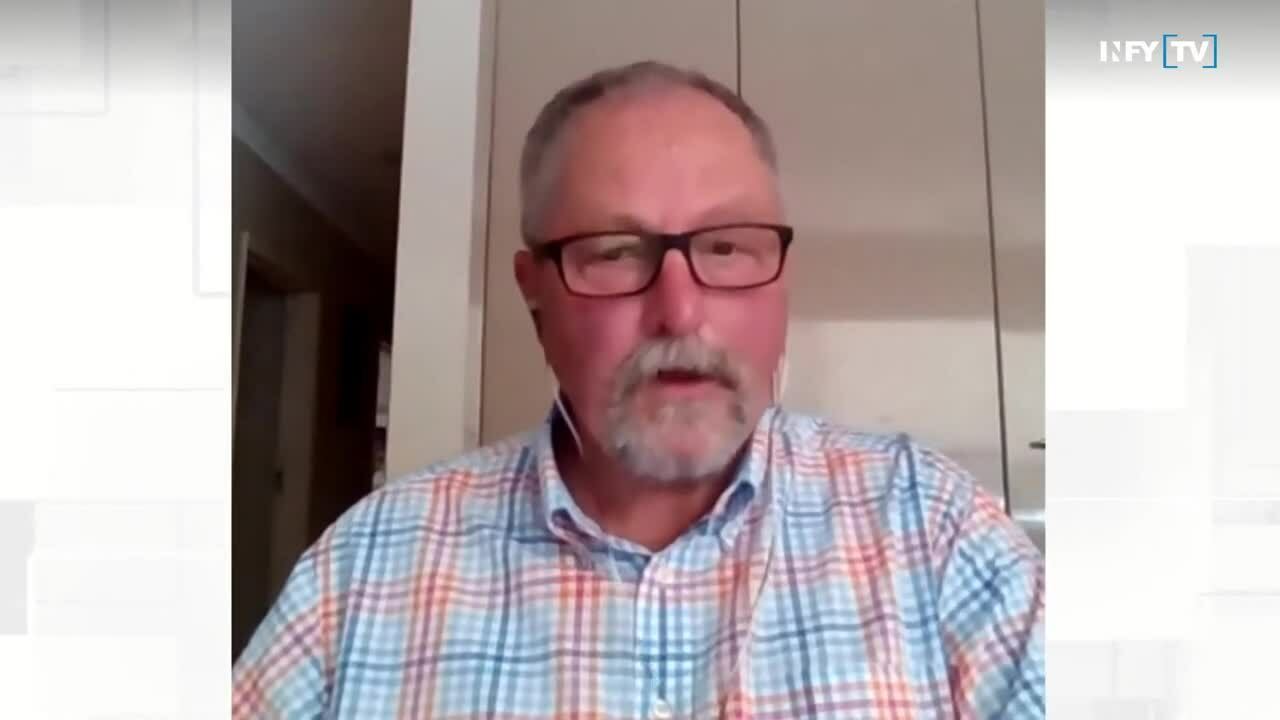
Navigating waste on the journey to circular economy
As organizations begin to recognize the importance of waste management, Dr. Trevor Thornton, a senior lecturer at Australia’s Deakin University talks about the business benefit in building a circular ecosystem.
What was considered as a good to have, is increasingly becoming a must have. And this rings true for organizations across the globe, especially as the conversation around topics such as sustainability, circular economy, and ESG metrices are gaining steam.
Governments, environmental agencies, industry associations, among many others, are all moving to tackle this new reality of depleting resources, coupled with climate crisis, that we are faced with today.
Everybody is thinking about it. Everybody is talking about it. Many are even doing something about it. What is missing, however, is bringing them all at the same table, says Dr. Trevor Thornton, a senior lecturer at Australia’s Deakin University.
In an insightful conversation with Kamal Raj, who leads Solid Waste Management as part of the Green Initiatives team at Infosys, discussed with Thornton a range of topics from waste management, to circular economy.
“It was Carl Sagan that said that waste is stuff that we are too stupid to use,” says Thornton, who believes that people across sections of the ecosystem, such as governments, businesses, industry associations and conservationists should work together to figure out how to actually manage waste better.
“It was Carl Sagan that said that waste is stuff that we're too stupid to use.” Tweet
Thornton, who teaches at the Faculty of Science Engineering & Built Environment, School of Life & Environment Sciences, believes that at an organizational front some companies are looking at the aspect of circularity, and are realizing that this is the way of the future.
“Some companies are saying that, yes, there is that environmental and social aspect of doing things. But they're also realistic to know that there's the economic benefits associated with it,” he says, adding that they are starting to use the principles of circular economy, and some are even entering into voluntary product stewardship schemes.
“So, I think there is a ground swell out there. It's how quick, I guess, people will adapt and adopt,” he notes.
He expresses his surprise at organizations that don’t understand the true cost of waste management. He advices organizations to understand more about the raw materials that are coming in, and what is going out into the waste stream.
“The true cost could be up to 30 times the invoice cost.” Tweet
“You've got to look at the true cost of waste management,” he says, adding, “With some of the work I've done, I’ve figured that the true cost could be up to 30 times the invoice cost.”
“And when you present that to the business, they say, ‘We need to do something about this’,” Thornton notes.
He also advices organizations to report more accurately to central agencies. While some report the diversion rate from landfills, they ought to also report on how much of recycled materials they are purchasing as well.
“Because some companies are not buying any recycled material, they're not helping in completing the loop as such,” he notes.
And finally, he suggests to organizations that education and awareness is key.
“Because some companies are not buying any recycled material, so they're not helping in completing the loop as such.” Tweet
“(Organizations should) get involved more in the education and awareness, in a very broad sense. Not just within their own business, but widely, and explain why they might be doing things.”
In conclusion, Thornton notes that it is important to be realistic, and they have to start responding to what the consumers are looking for.
“Businesses are in there to make money,” he agrees, adding, “And those businesses that can demonstrate good environmental practices are the ones that people are looking at.”
In conclusion, he notes: “And again, going back to the basics, it's just a waste of resources to produce waste.”
To read about Infosys’ sustainability initiatives, click here.


